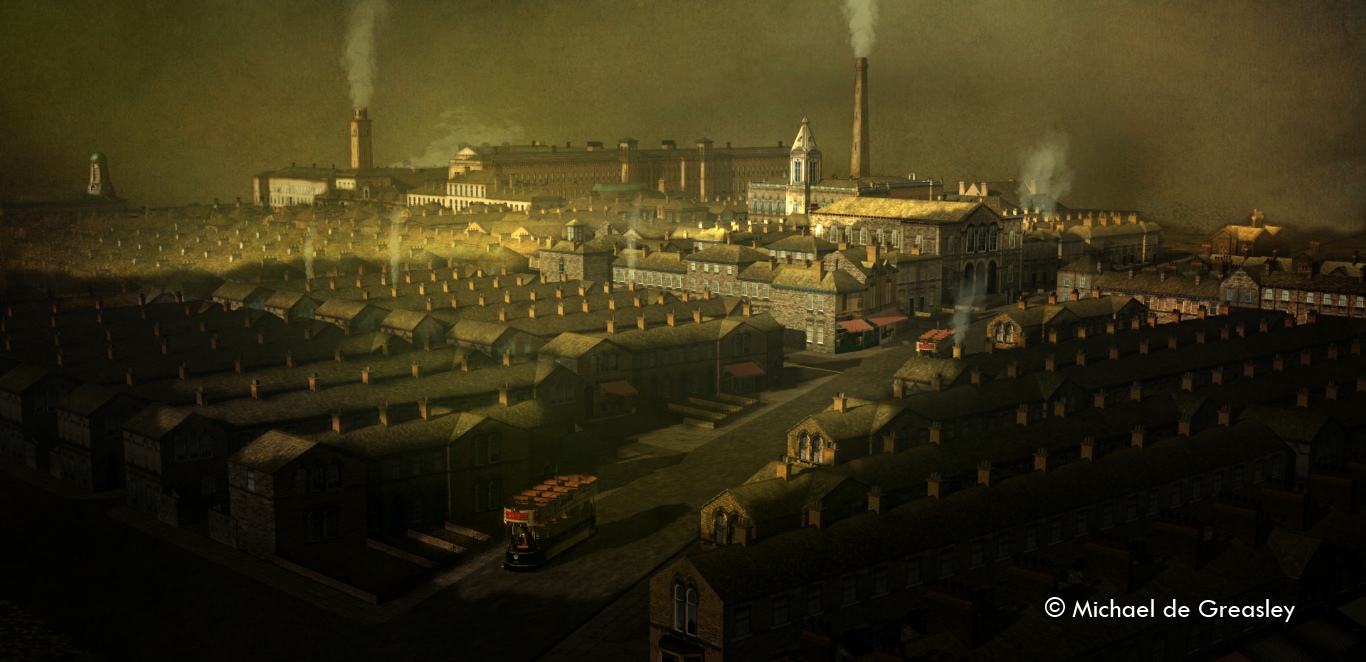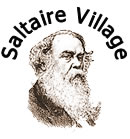|
Alexandra Square, Saltaire
Introduction | Ada St | Albert Rd | Albert Terrace | Alexandra Square | Amelia St | Caroline St | Constance St | Daisy Place | Dove St | Edward St | Exhibition Rd | Fanny St | Fern Place | George St | Gordon Terr | Harold Place | Helen St | Herbert St | Higher School St | Jane St | Katherine St | Lockwood St | Lower School St | Mary St | Mawson St | Myrtle Place | Shirley St | Titus St | Victoria Rd | Victoria Terr | Whitlam St | William Henry St
< Previous | Next >
The third member of the 19th century Royal Family to be recognised in the naming of Saltaire’s streets was HRH Princess Alexandra, who in 1863 had married HRH Prince of Wales (later King Edward VII). 1868 saw the completion of the building of 45 almshouses at the southern end of the village. The rectangular area around which the almshouses were built was given the name Alexandra Square.
Princess Alexandra had been born in 1844, to King Christian IX of Denmark and Princess
Louise of Hesse-Cassel. The marriage to Queen Victoria’s son Edward took place at St George's Chapel, Windsor. The Queen, still in mourning following the death of her husband Prince Albert, wore black, and declined to take any part in the wedding ceremony, preferring to watch from the privacy of Catherine of Aragon's closet.
The Prince and Princess of Wales visited Saltaire in 1882, when they were the guests of Titus Salt Jr at the latter’s home of Milner Field. The formal occasion of their visit was the opening of Bradford Technical College.
Alexandra held the title Princess of Wales until her husband’s ascendancy to the throne in 1901, when she became Queen Alexandra; and subsequently, with the death of Edward in 1910, Queen Mother. She died in 1925, having spent most of her final years at Sandringham House, Norfolk.
The almshouses, resembling Italian villas, were provided for the aged and infirm of Saltaire, and were completed in 1868. Within the north-west corner of the development was a chapel for use by almshouse residents. The chapel was formally opened on 21st June 1870, by Mrs Titus Salt Jr.
© Barlo & Shaw
|

